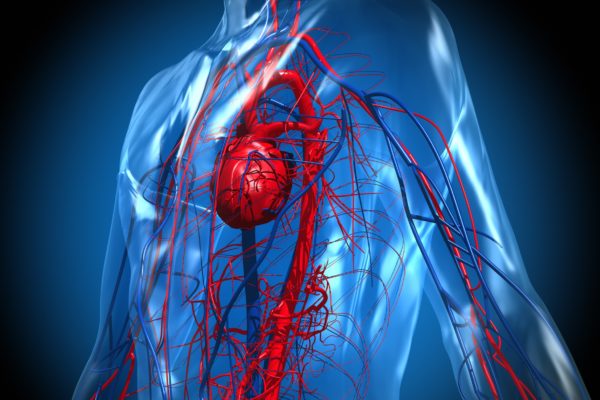
National Health Service UK – Mesothelioma (EN)
Mesothelioma is a cancer type that develops from the thin layer of tissue that covers many of the internal organs, known as the mesothelium. The most common area affected is the lining of the lungs and chest wall. Less commonly, the lining of the abdomen and rarely the sac surrounding the heart, or the sac surrounding the testis, may be affected. Mesothelioma is an aggressive cancer type for which there is no cure.
Annually, around 300 Belgians are diagnosed with mesothelioma, making up 0.5% of all cancer patients. Most patients are men over 65 years old. Women make up fewer than one fifth of patients. Mesothelioma presents a bleak outlook: the disease is incurable, and generally, patients survive 13 to 15 months after diagnosis.
Mesothelioma patients can present the following symptoms:
The number one cause for mesothelioma is exposure to asbestos. Asbestos is a naturally occurring mineral that is non-flammable and was therefore often used in construction until asbestos was discredited in the 1970s. Asbestos is made up of very fine fibres that can find their way into the lungs. Usually, the tumour takes around 20 to 60 years to develop. However, not everyone who has been exposed to asbestos will contract mesothelioma. Most patients are men who have worked with asbestos, in construction work for example or in a shipyard. This explains why most patients are men. However, family members of these men have also been exposed to asbestos. Also, asbestos was commonly used in many kitchens in trivets and oven gloves.
If a patient displays symptoms of mesothelioma, a GP will perform a physical examination, enquire about the patient’s work history, and will also order a lung X-ray. If there are indications that the patient may be suffering from mesothelioma, the GP will refer them to a specialist. The specialist will choose from several options in order to establish a diagnosis, such as thoracoscopy, pleural biopsy, CT scan or lung function examination.
A thoracoscopy is an often-used diagnostic method in which the patient undergoes a small procedure, during which the surgeon makes an incision in the chest through which a tube is inserted, enabling examination of the chest cavity and the pleura. Often, a tissue sample is taken during this procedure for further analysis. If it appears that the tumour has spread, a CT scan of the brain may be considered. Mesothelioma tends to spread to adjacent organs but can also affect bones, lymph nodes and the brain.
Most cancers are classed in stages in order to determine treatment. Given the incurable nature of mesothelioma, there is little point in doing this. Treatment will limit itself to palliative care and is purely meant to alleviate discomfort. Chemotherapy and radiation therapy can be part of this palliative therapy. Surgery is only rarely performed: so far, it is unclear whether such an invasive procedure has any effect. Furthermore, targeted therapy can be employed with the use of VEGF inhibitors, for patients that are eligible.





